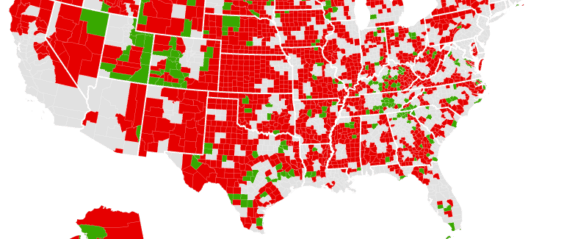For Your Consideration
The Stanford Social Innovation Review released an article this week suggesting a shift in how foundations think about grantmaking. It is a compelling read and worth the time for anyone interested in the tango between grantmakers and grantees.
The article features the Communities in Schools program (CIS), which it describes as one of the most effective organizations for working with disadvantaged kids. Despite programmatic successes, CIS struggled in the early 2000s due to the overfunding of program growth and the underfunding of operational support. CIS is not alone in this, and the article provides data to illustrate the systemic point.
In response to this phenomenon, Bridgespan, a nonprofit research and consulting group, and the Ford Foundation developed a new “Grantmaking Pyramid,” which “reframes how funders and their grantees can think about building successful, resilient organizations.” The three sections of the pyramid include:
- Foundational capabilities which require adequate funds to run a nonprofit business and fulfill its base mission.
- Organizational resilience which consists of unrestricted net asset balances to address capital needs and any unplanned shortfalls
- Increasing impact which includes the ways that nonprofits enhance and improve their core programs.
Like any framework, the pyramid is intended to provoke discussion and is not a full playbook. That said, it provides a hierarchy of needs that can affect how grantees think about their priorities and how grantmakers structure their support.
Making News
It is hard to open a news source and not find someone breaking down the healthcare policy debate. Maybe our memory is short-sighted, but we cannot remember a policy issue where there was more available information. It has become a bit numbing, so we were pleased to see the MinnPost’s succinct framework for how the debate could evolve from here, “As Republicans put repeal-and-replace on hold, what would actually fix the Affordable Care Act?” It is a good, high-level piece for those looking for a refresher or for those needing a synthesis of the 20 other articles already read.
In the Weeds
The Cato Institute published a white paper summarizing the corporate tax research of several international economists. The research found some correlation between state-based corporate tax increases and the subsequent levels of patent filings and research and development investment by companies in the state. Regardless of one’s acceptance of the findings, the white paper nicely illustrates the complicated interplay between corporate taxes and innovation.
Dropping Knowledge
The Aspen Institute has a new report examining whether “sidecar investment accounts,” or what used to be known as thrift-savings accounts, could allow low and middle-income savers to build long-term assets while having dedicated funds for short-term needs. Lower income savers often struggle building wealth through long-term savings tools due to the unpredictable, short-term financial pressures that arise. The report states that, “for every $1 contributed to retirement accounts by or on behalf of savers under age 55, $0.40 leaks out — and that does not include loans.”
These sorts of short-term accounts were used prior to the introduction of 401(k) plans in the 1980s and were part of a broader strategy for wealth creation and protection. The article suggests that incentivizing structured, savings programs, to run in parallel with long-term savings, may lead to increased financial stability and increased wealth creation for lower income workers.
What we're reading
Census shows nonmetropolitan America is whiter, getting older, and losing population
Census statistics confirm that diversity is on the rise. For the first time, time population under age 10 has become minority white. Non-metro areas are noticeably less diverse. Brookings' Bill Frey explains the numbers.... Read the rest-
Why market competition has not brought down health care costs
-
https://theconversation.com/why-market-competition-has-not-brought-down-health-care-costs-78971
-
The promise and pitfalls of privatising public assets
-
MOOCs Moving On, Moving Up
-
IT Department? In Small-Town Governments, They Rarely Exist
-
Toward being a better gentrifier


